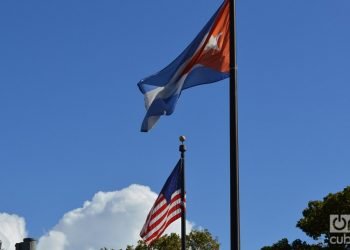Permanence and changes in the “new” Cuban migration to Miami (II)
Help us keep OnCuba alive here The results of successive FIU Cuba Poll surveys―conducted since 1991―have suggested that the “new Cuban migration” is helping to boost a progressive “political-ideological transition” in the Cuban community in the United States. According to the most recent data (2018), the Cuban community in South Florida is more plural today in terms of its political preferences, its positions on U.S. policy towards Cuba, as well as its relations with the island (travel, remittances, investments, etc.). In the first part of this reflection, we have seen how, in effect, it is a large emigration, but more diverse in terms of its sociodemographic composition, migratory dynamics (transnationalization, circularity and incipient return) and motivations. The political substratum endures, even if it is presented in an intermingled or resignified way through the family, as a unifying referent. This time, we will delve into the opinions emanating from the group discussions we held with Cubans belonging to the most recent waves (post 1995) arriving in Miami, interviewed for a study carried out in September 2019, regarding three points:1 the views on themselves and the different migratory waves of Cubans, political participation and Cuba-United States relations. It’s worth clarifying that this...




